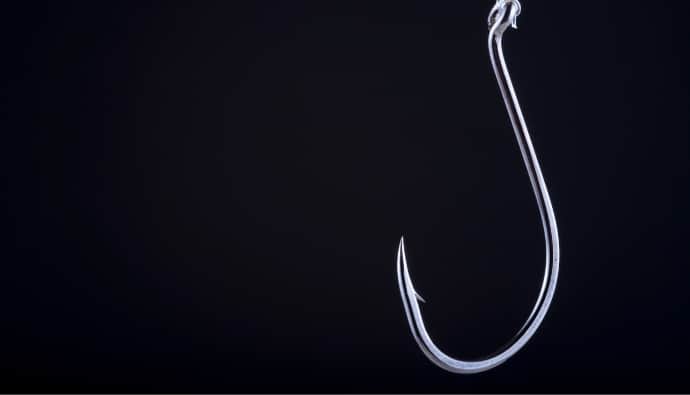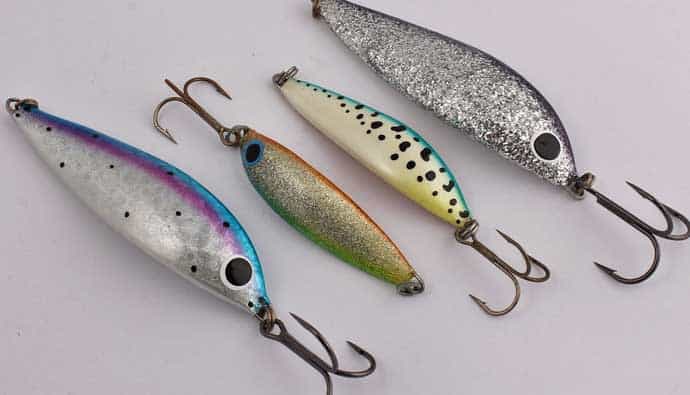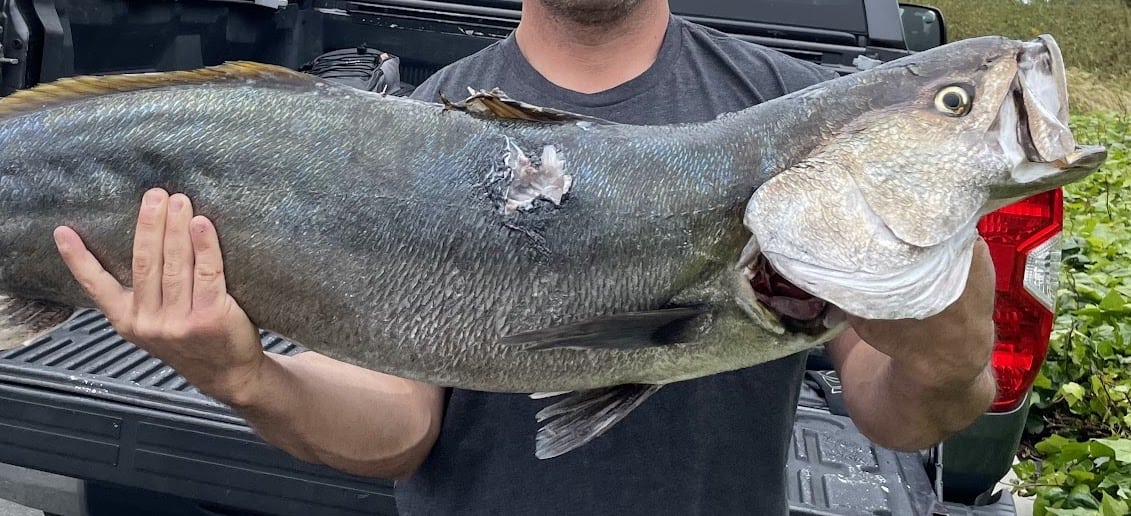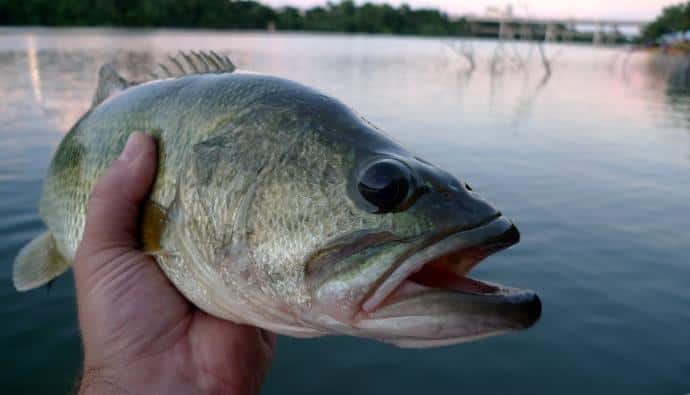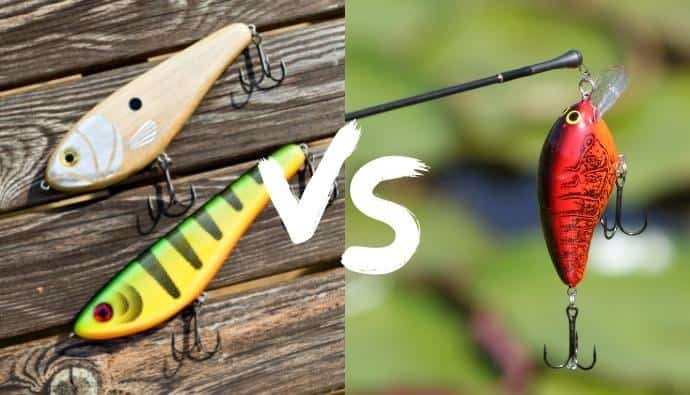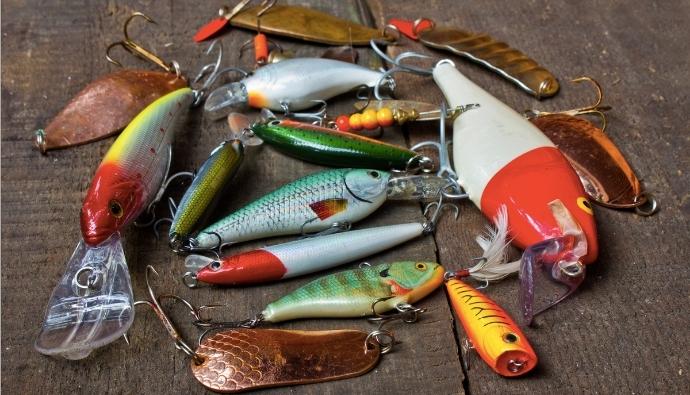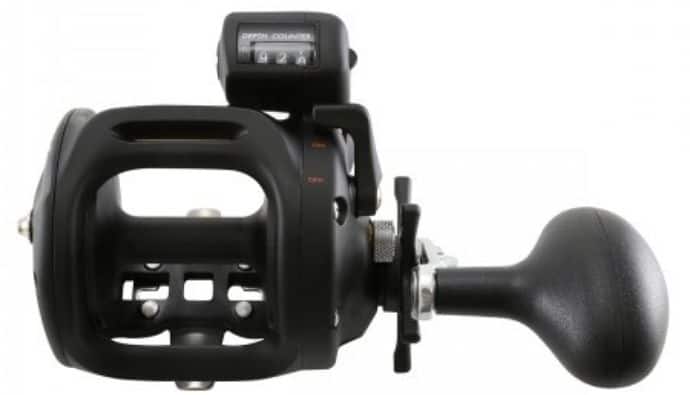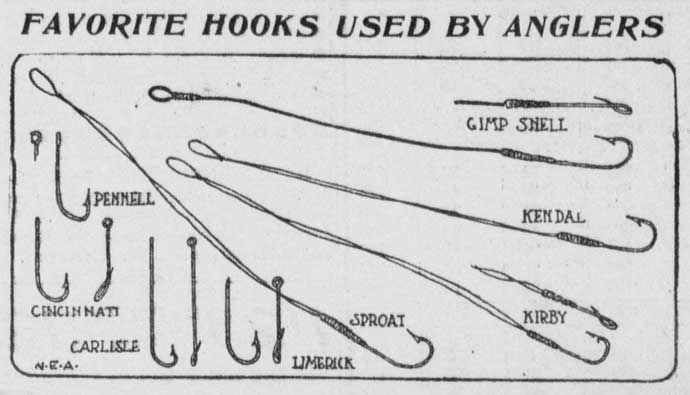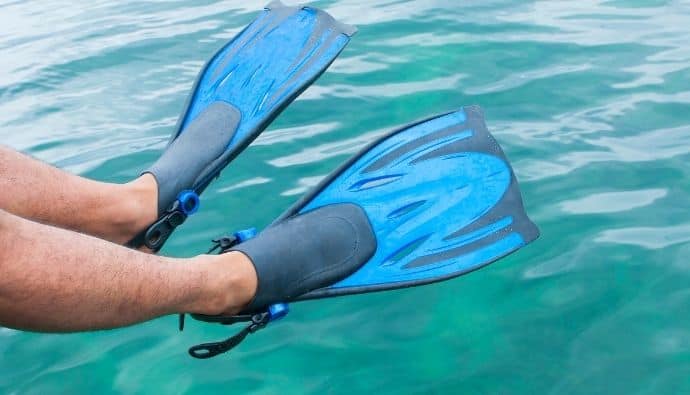Bucktail jigs have passed the test of time for a reason. You can use it for fishing in multiple conditions, including from the shore and a boat. Plus, it imitates some prey/bait quite well, such as shrimp, squid, and common baitfish.
However, choosing the best bucktail jig is up for debate as it depends on the conditions you are fishing in. One thing’s for certain. Bucktails make some of the best saltwater fishing lures around. I’ve seen them nab everything from halibut in the surf to white sea bass on the party boats.
Let’s take a look at a few of our favorites.
3 Best Bucktail Jigs
1. Hookup Weedless Bucktail Jig
The Hookup Weedless Bucktail Jig design is specifically for inshore fishing. The fact that it’s weedless makes it a great option for both fresh and saltwater. They can come in handy, especially in shallow areas that are weed and scrub-heavy. This includes mangroves and flats, which have a lot of foliage, making fishing difficult.
Flat and shaped like an arrowhead, this bucktail jig comes with a weed guard to prevent tangling.
2. Sea Striker Pompano Jig
The best bucktail jig for nearshore fishing is the Pompano Jig. These are heavier compared to the inshore variety. These jigs have a head shaped like a boxing glove, and the hair on it is also a bit shorter in comparison. Besides catching pompano, use these bucktails to catch Spanish mackerel, as well.
3. Spro Bucktail
Offshore or a saltwater jigging bucktail or lure like the Spro Bucktail features natural gliding action. This lure also remains parallel in the water, mimicking a fish. Catch fish, particularly the bait variety, easily with this setup.
The bucktail jig glides effortlessly in the water. The unique shape of the head and the location of the eyelet bring this lure to life. You can jig this bucktail jig off the bottom for fluke and weakfish.
Bucktail Jig Fishing Tips
A bucktail jig is only as good as the type you get and how you use it. To boost your chances of catching more fish with one, here are some tips you should follow:
Hair options
- Deer Hair
The best bucktail jigs are from individual bucktail deer hair. Since these are hollow, they can move in the water easily. There are two types you can go for, the flag or the tail of the deer. The former is white in color and straight but is prone to crimping.
The second one is more flexible in comparison and offers more movement. The best bucktail jig in this regard is the second one, especially if you are fishing for bass.
Deer hair is also known for being highly receptive to color dyeing. So, you can find these bucktail jigs in a range of colors and the size you need in your local tackle store. The search will be worth it.
- Rabbit Hair
Bucktail jigs made of rabbit hair are also quite popular with some anglers. The number of strands exceeds those found in deer or bear hair jigs. Plus, the rabbit hair jig can move enticingly under the water.
Additionally, they imitate the movement of baitfish, which predatory fish cannot resist. When the jig stops, the hair flairs to mimic baitfish’ fins and gills, which bass can find irresistible.
- Marabou
Marabou bucktail jigs feature a very fine and fluffy material from turkeys. The soft and feathery material is under the tail covers of the Marabou stork, thus the name. Once submerged, the fishing jig comes to life.
- Craft or Synthetic Hair
Nonnatural fishing bucktail jigs are favorites of many anglers because of the sheer variety on offer. Some say that synthetic bucktail jigs are more active in the water than the ones from natural hair.
Due to technological advancements, some are less expensive than the natural variety. However, these can be more difficult to tie than hair-based jigs or cannot be tied well enough.
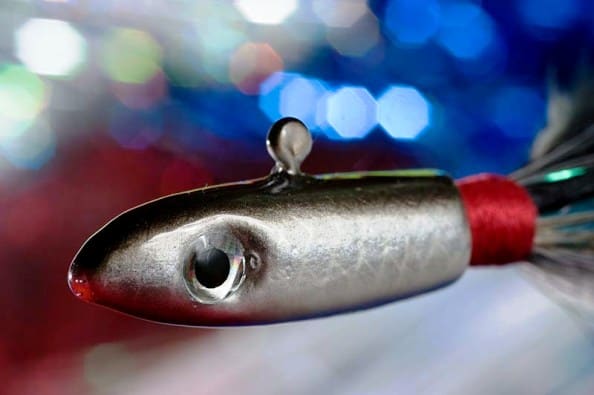
Target
Hair jigs fall slowly. Use them in 15 or 18 feet of water, especially if you are fishing for bass deep underwater. Otherwise, you will have to use a different lure. A grave bank that tapers gradually is also a great place to fish from if you are using jigging bucktails.
But when jigging in winter, lower the jigs 5 to 10 feet along a swim bank that transitions in the gravel.
Retrieves
Vary the retrieve according to the species of fish you are angling for. For example, if you are jigging on the surf, use a fast retrieve just below the surface. Entice bluefish and Spanish mackerel into biting. A slow over-the-bottom retrieve is typically best for flounder, speckled and golden trout, and striped bass.
Most strikes occur when the jig slowly sinks right on top of the cast, so make sure to keep your eye on the line. Once it floats to the bottom, reel the jig in slowly and make sure you bump it against rocks. The more collisions you can get, the more action you will cause and the more bites you can attract.
This is not to say that you can’t experiment. Imagine jigging in shallow water where slowing the retrieve will risk hooking the bottom. You can change to a lighter jig to maintain the presentation. You also need to consider the size of the jigs.
Float and Fly
Float and fly fishing were accidentally discovered by some Tennessee anglers who were trying to catch crappie. The basics involve a jig and bobber rig with a lead head jig fished on a long leader right under a plastic float.
The setup may be small, but it proves to be efficient when catching bass, especially during winter when the temperature drops below 50 degrees.
This is an essential point because the cooler the water gets, the deeper the fish go. The best thing about this jig is it is not hampered by wind and snow. Just make sure that the jig fluffs up in the water.
The cast is simple. Cast the rig and the bobber towards a bank and allow the jig to settle in the water. Once that is apparent, raise the rod’s tip and start jigging it to make the bobber dance in place. This will make the lure or jig vibrate underwater. While you are doing that, reel the bobber back into the boat slowly.
The effectiveness of this rig comes from the fact that bass is not very active in the winter. During this season, they will not chase anything. Since it will be right up to their nose, the jig will look like an easy meal. The fish may try to get it with a quick snap without expending energy. The fish may think the dying baitfish is an easy slurp.
Frequently Asked Questions
Anglers using a bucktail jig use it to catch bass, hickory shad, sea robins, white perch, scup, and fluke, to name a few.
To answer this question, consider the baitfish’s movement underwater. How this movement appears to predatory fish such as bass should be considered. Minnows, for example, move in a straight line, mostly without gyrating. The best jigs to use are slim ones, as they can imitate this movement. Plus, the hair displays soft and wavy actions that mimic the bait fish’s gill and fin movements. Why wouldn’t a bass try to eat it?
These jigs are popular with anglers who fish in clear waters that have several submerged rocks. This includes reservoirs that have rocky points and sloping banks. Rather than using a lighter jig, use one that is made of hair that can attract lurking bass.
If you are fishing in a current, choose jigs that can withstand it well, such as the ¼ oz or ⅜ oz varieties. These offer little to no resistance compared to rubber-skirted jigs. Plus, these drop to the bottom quickly as well.
Top color considerations for bucktail rigs include chartreuse and sparkly streaked ones. These are especially attractive to mackerel. A redhead jig with a white body will also work in a pinch, especially if you are jigging during the day. The light will work with you in this case.
Yes, natural bait is a good addition to a bucktail jig. Use fish belly or squid, especially if you are fishing for flounder. Just make sure the bait is tough and durable, or you will have a mess on your hands. You can also use pork rinds as a jig trailer in areas where bluefish are prevalent. If you don’t have any, use scented strip baits instead to entice the fish into biting.




 Facebook
Facebook YouTube
YouTube